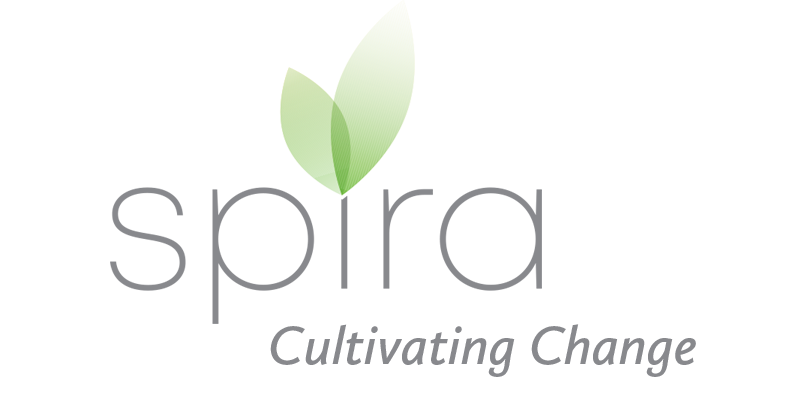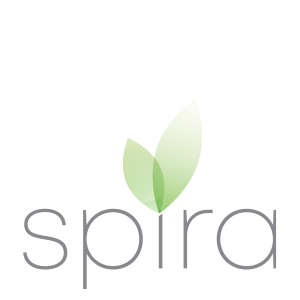Labels are coming
Country of Origin Labeling
Here’s a quick update on regulations that are coming into effect in November. After a few years in the making, we are finally getting country of origin labeling for our food. It’s a trimmed down version of what we’d have liked to have seen, but it’s a start.
The regulations affect only fruit, vegetables, meat and fish.
This means that products now must state whether an item was grown in a country if it’s a fruit or vegetable, or raised in a country if it is meat or cured pork, or caught or harvested if a fish or shellfish. We hope that with time that will extend to other items in the supermarket, like dairy, rice and flour, but for now this will provide certainty on these simple staple items.
Here’s the quick rundown on the legislation and what you need to do if you are a food grower or maker.
The purpose of the Consumers’ Right to Know (Country of Origin of Food) Act 2018 is to set out a simple mandatory system in New Zealand that provides consumers with accurate information about the country or place of origin of certain foods to enable informed decisions about purchasing the food. This is a consumer information standard under the Fair Trading Act 1987.
Under the Consumers’ Right to Know Act the Minister of Commerce and Consumer Affairs had to recommend the making of regulations prescribing a consumer information standard for the disclosure of a regulated food’s country or place of origin. These regulations are now drafted and will come into force on 12 November 2021.
The regulated food items cover certain simple foods and cured pork that are supplied, or offered or advertised for supply, at retail. But frozen food is excluded for the first 18 months.
In general, the information about a regulated food item must be disclosed when it is supplied or offered or advertised for supply. The information generally relates to a country (but sometimes an ocean). There are some special cases that have special requirements or do not require disclosure. The regulations are online and relatively short to read, so please read them to see how your situation is covered (or not).
In practice only the following are regulated:
Type of regulated food item: A type of fruit or vegetable
Origin information: The 1 or more countries in which the fruit or vegetables in the item were grown
Type of regulated food item: A type of meat or cured pork
Origin information: The 1 or more countries in which the animals in the item were raised
Type of regulated food item: A type of fish or seafood
Origin information:
The 1 or more countries in whose national fisheries jurisdiction, or oceans in whose high seas,—
(a) the finfish in the item were caught; or
(b) the shellfish in the item were harvested
Note the language: grown for vegetables and fruit; raised for meat, and caught or harvested for fish and shellfish. You now will need to disclose the information to consumers clearly (in English or Māori): grown in country X, or that the item’s animals were raised in country Y.
This is a great start for our food businesses. New Zealanders want to eat food grown in our country and want to know where their food comes from. It will help our products stand out on the shelf and be selected. Further it will provide some much needed transparency in the food chain about where and how food is grown, raised and caught. As a food business you should know these details and be ready and able to provide the information to consumers. If you don’t, you will need to do your homework and frankly improve your supply chain transparency while you are at it. Please read the regulations in full here to ensure you understand the situation of your products.
Need help with this? Contact us: info@spira.nz


